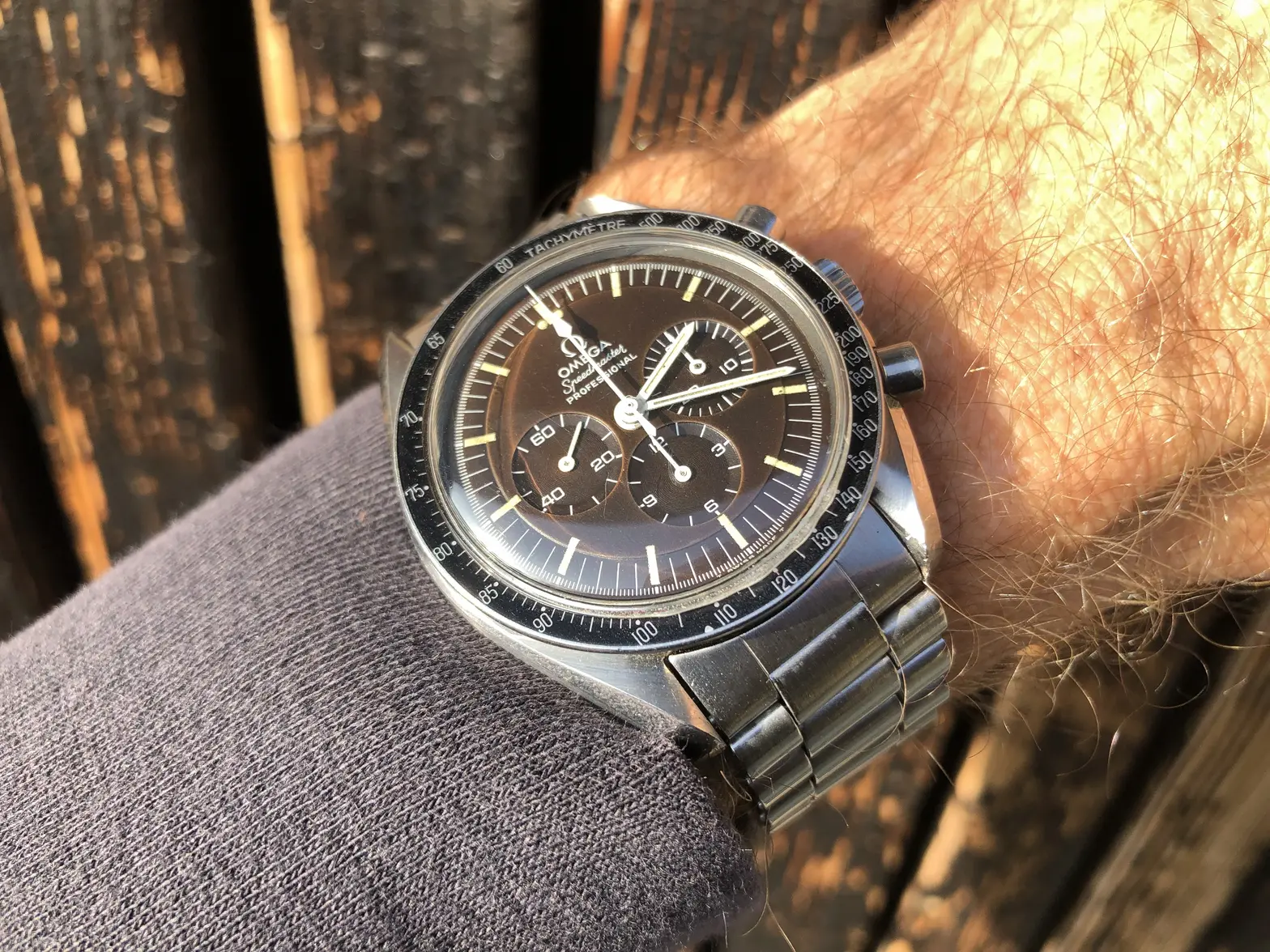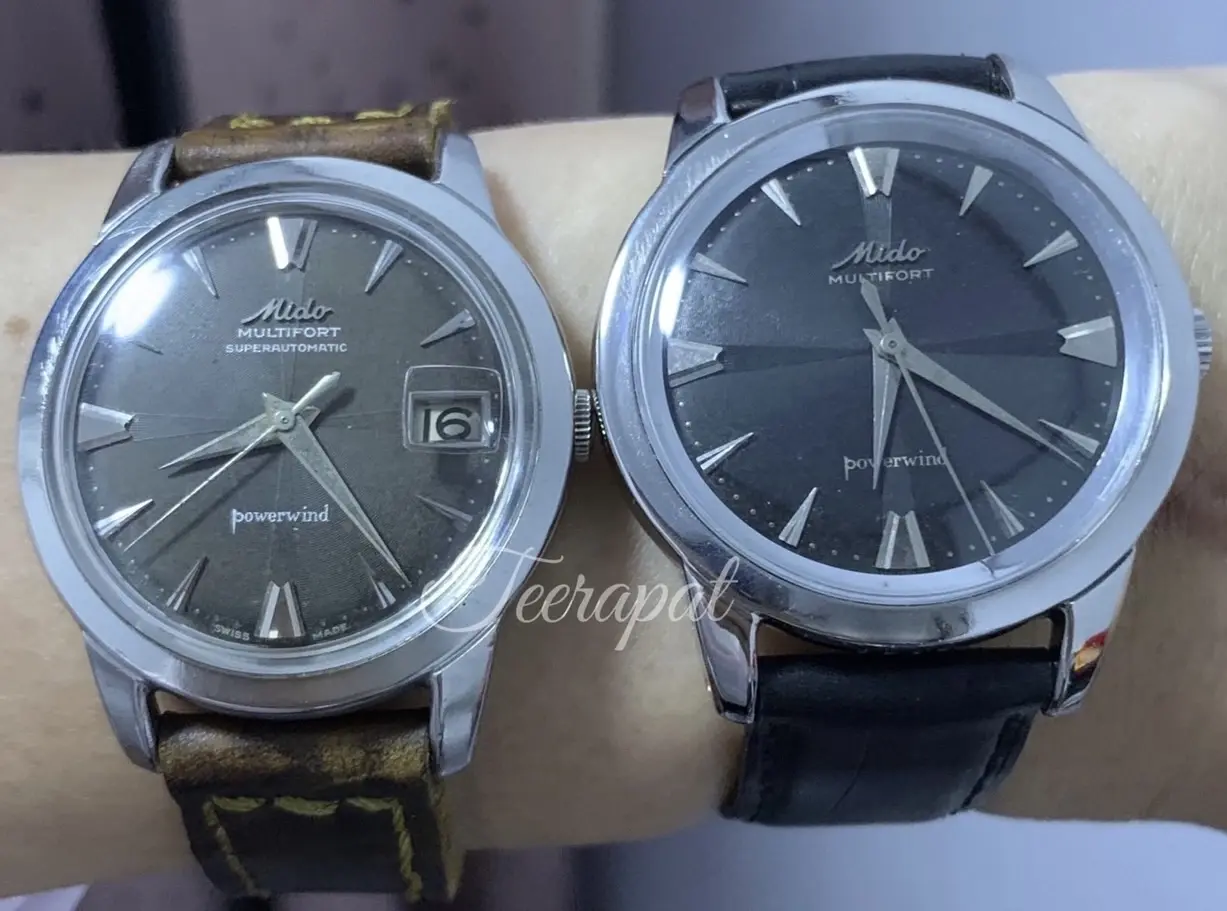Caselock
·Hi OF,
as the new owner of this nicely aged chocolate dialed Speedmaster, I wonder if the process of alteration will finally stop or will it go on and we end up with a destroyed dial with the surface flaking off and the surface is finally coming to dust? I barely remember from my college days that every chemical reaction ( I suppose this is the case here ) will end when one of the involved substances has completely reacted with another substance. So maybe these chocolate dials are a bit like Bansky's self destroying work of art?
Sorry for this silly question, but I hope those with more insight have arguments that could ease my mind.
Meanwhile I am happy with the situation as is:
as the new owner of this nicely aged chocolate dialed Speedmaster, I wonder if the process of alteration will finally stop or will it go on and we end up with a destroyed dial with the surface flaking off and the surface is finally coming to dust? I barely remember from my college days that every chemical reaction ( I suppose this is the case here ) will end when one of the involved substances has completely reacted with another substance. So maybe these chocolate dials are a bit like Bansky's self destroying work of art?
Sorry for this silly question, but I hope those with more insight have arguments that could ease my mind.
Meanwhile I am happy with the situation as is:



